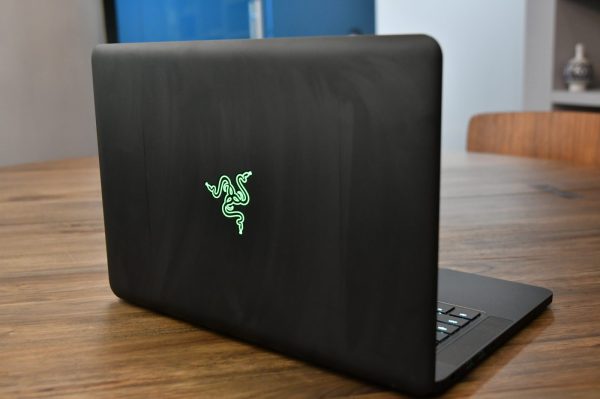Razer seems to have figured out how to squeeze in the most power per inch in a laptop. Now in its fourth generation, the Razer Blade 14 has never been more powerful as a personal computer — or better yet, as a gaming laptop fit for any battle station. It looks good, runs well and is brimming with specs in a unibody aluminum frame that competitors haven’t come close to matching.
But then again, the Blade 14 isn’t going to replace a desktop gaming setup — unless you get creative (and costly) with it.
Price as reviewed: $1,999 at Razer
Video
Basics
- 14-inch IPS HD (1920 x 1080) matte screen
- Intel Core i7-6700HQ quad-core processor (2.6GHz to 3.5GHz, 6th generation)
- 16GB DDR4 RAM
- NVIDIA GeForce GTX 1060 graphics w/ 6GB memory
- 512GB solid-state drive
- HDMI, 3 x USB 3.0 ports, 1 USB-C port, 3.5mm headset jack, Kensington lock port
- Anti-ghosting, Chroma backlit keyboard
- 2MP webcam and TPM 2.0 security chip
- 70 Wh battery
- Weighs 4.16 pounds
Using it
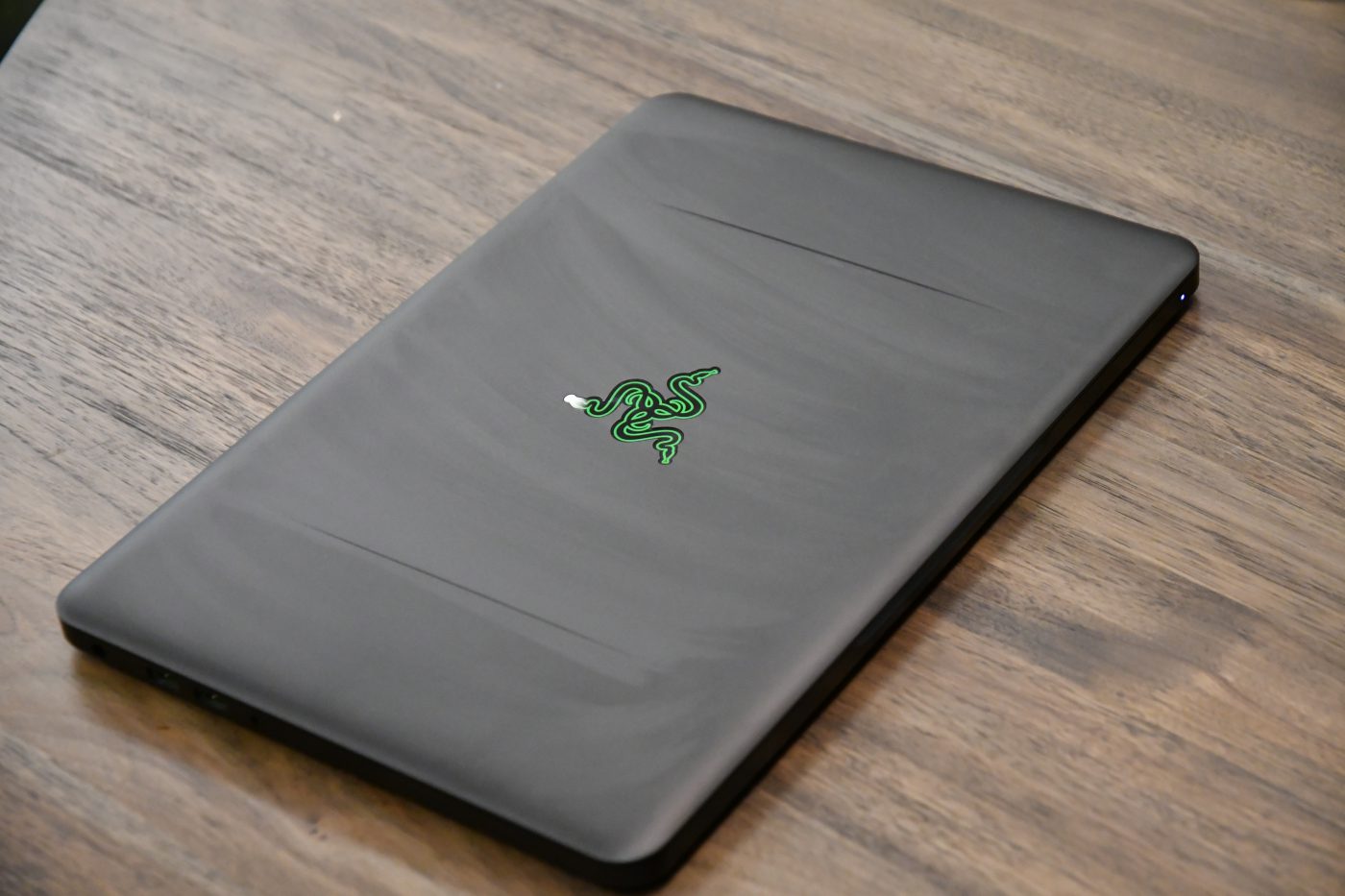 One of the things I like the most about the Blade 14 is how simple it looks. The triple-snake logo that Razer is known for is illuminated in green on the lid, and is textured, adding to its aesthetic.
One of the things I like the most about the Blade 14 is how simple it looks. The triple-snake logo that Razer is known for is illuminated in green on the lid, and is textured, adding to its aesthetic.
While somewhat of an oily fingerprint magnet (followed by swirl patterns when cleaned), the entirety of the Blade 14’s surface area is matte and smooth to the touch. I really like that, and it’s amplified by the individually backlit Chroma keyboard, which can be programmed to display every color of the rainbow, or just one, if you prefer.
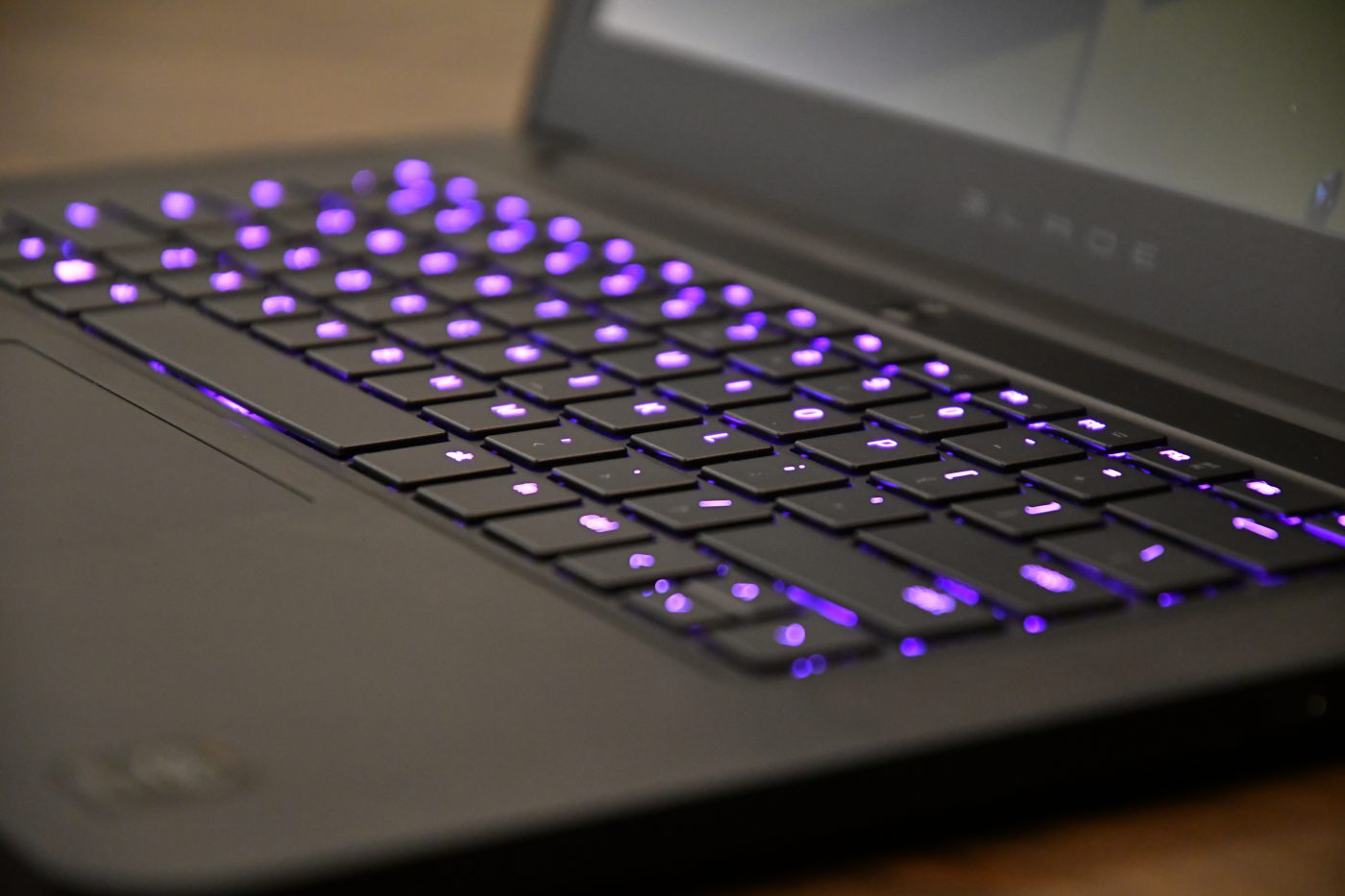
As a gaming and productivity keyboard, it’s one of the best I’ve used this year.
As a gaming and productivity keyboard, it’s one of the best I’ve used this year. Actuation of the keys is resolute, and very easy to transition from a MacBook Pro or any other 2016 Razer desktop keyboard, for that matter. It’s a comfortable typing experience that I enjoy.
Looking down from the keyboard to the touchpad, I found its tracking and touch performance to be surprisingly good. Instead of going with the usual “whole trackpad is a button” approach, the Blade uses dedicated left- and right-click buttons.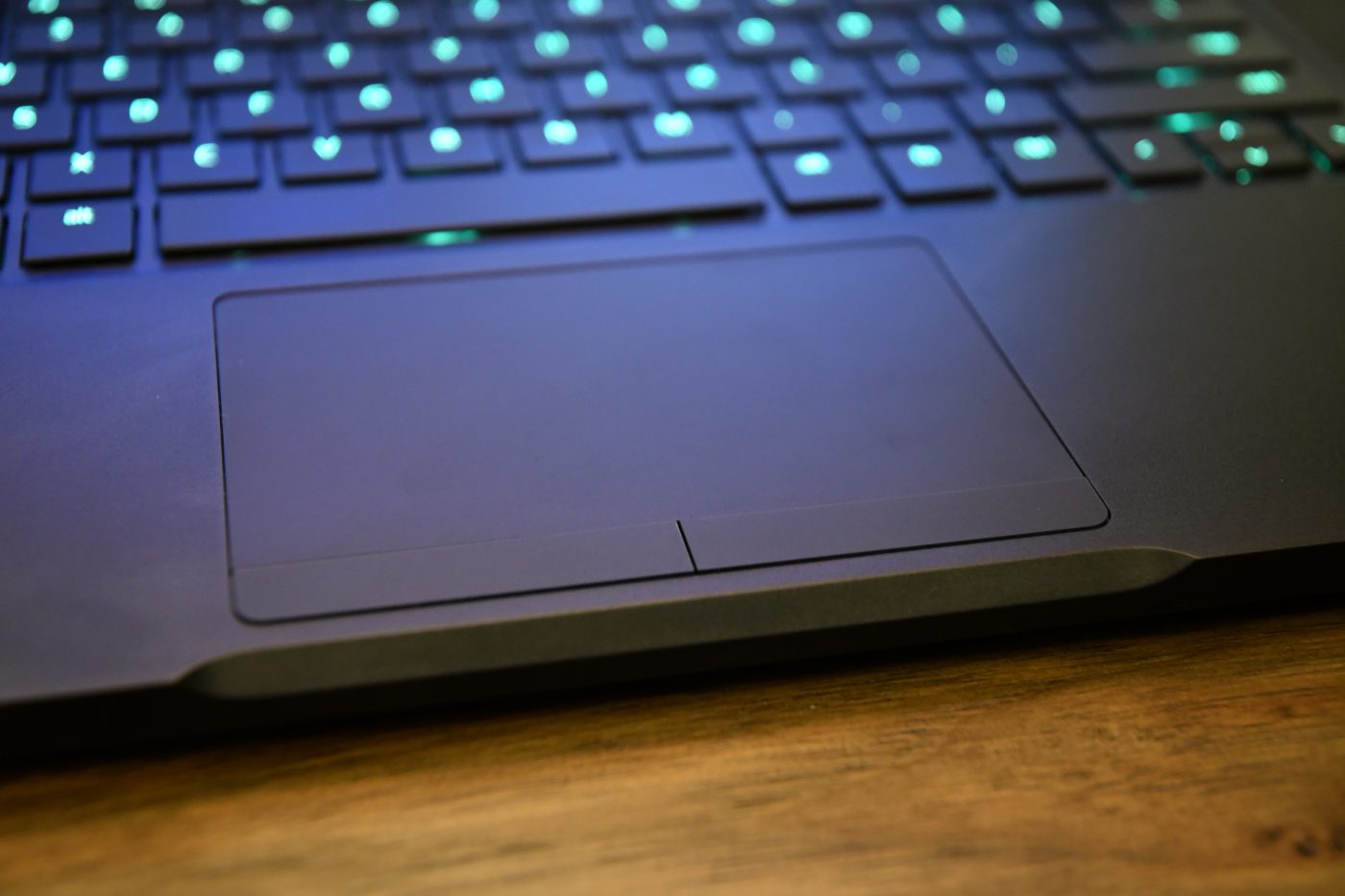
This makes sense, as a different approach would be less useful for gaming. Even though you’d be silly to use the trackpad — and not an external mouse — in any fast-paced gaming environment, it’s comforting to know it works well.
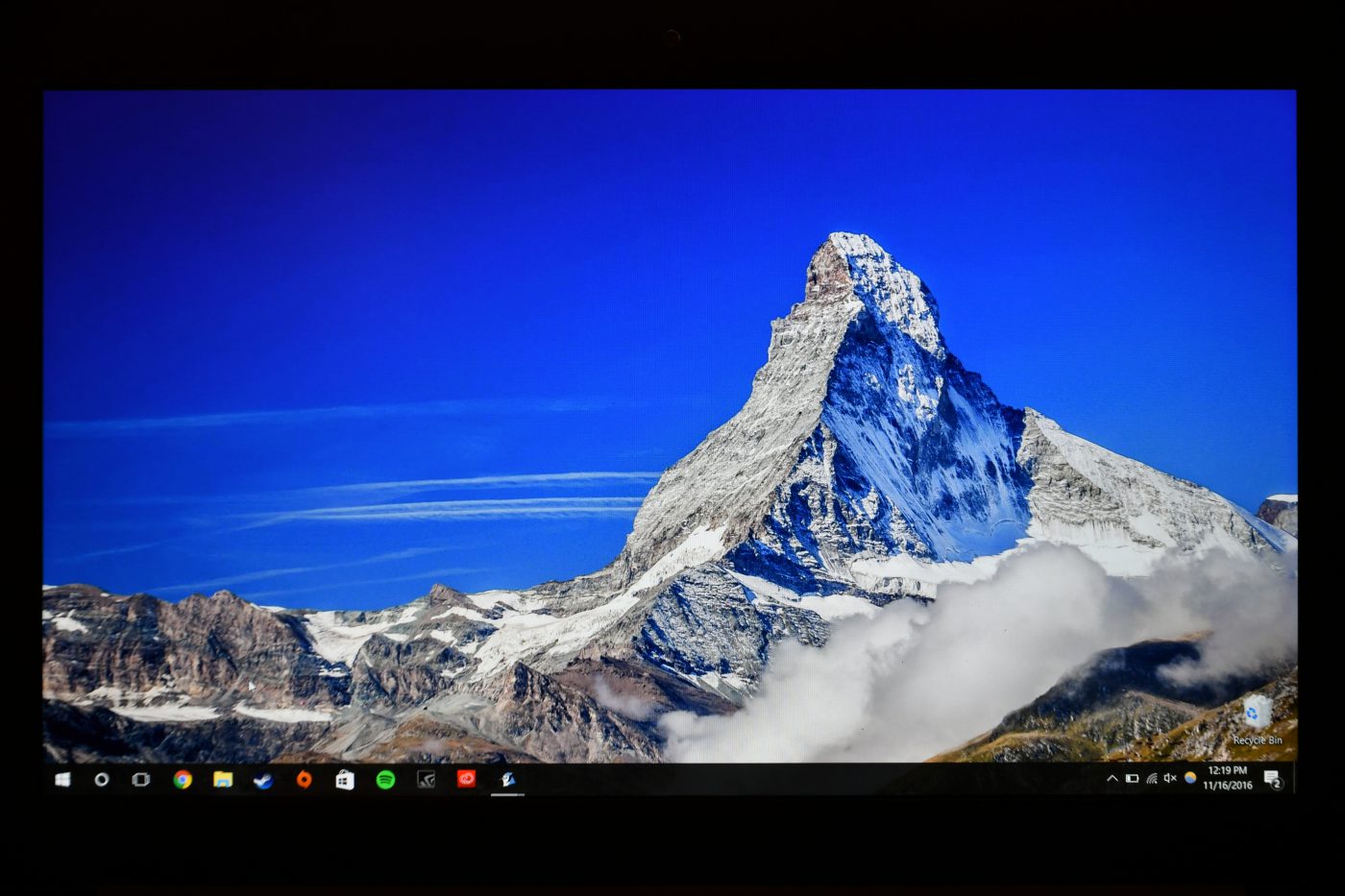 As for the 1080p display: I haven’t been so enamored with a regular HD display in a while. That’s because of three things: awesome color reproduction, clarity and a max 350 nit brightness. While Razer offers a glossy 3200 x 1800 touch display option, keep in mind it takes a higher toll on the GPU and will drop your average FPS in games. The dream would be to run games at the full QHD+ resolution, but that just isn’t possible on a GTX 1060.
As for the 1080p display: I haven’t been so enamored with a regular HD display in a while. That’s because of three things: awesome color reproduction, clarity and a max 350 nit brightness. While Razer offers a glossy 3200 x 1800 touch display option, keep in mind it takes a higher toll on the GPU and will drop your average FPS in games. The dream would be to run games at the full QHD+ resolution, but that just isn’t possible on a GTX 1060.
Gaming everywhere
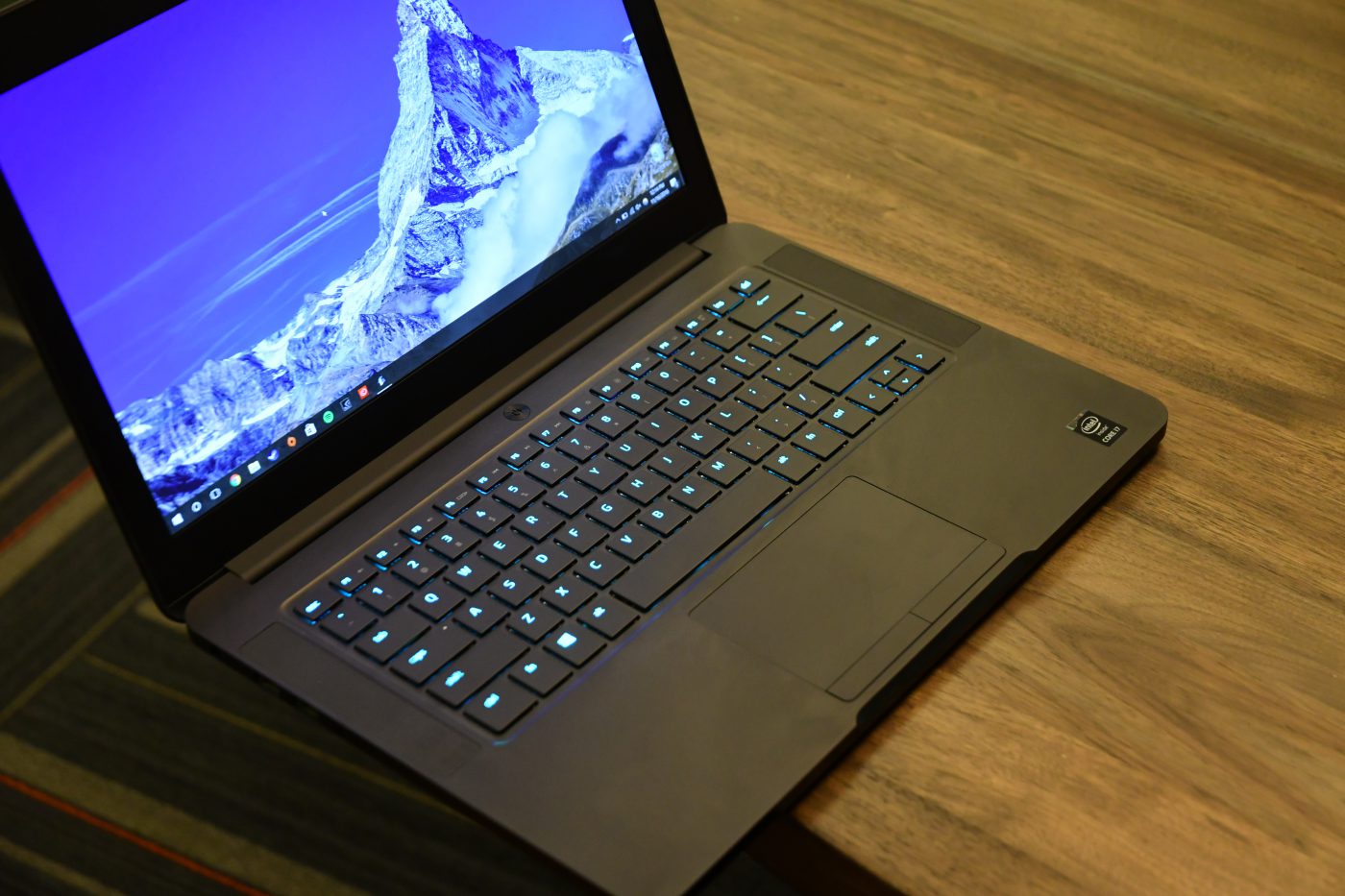
Razer gives you a single GPU option on the Blade 14: the mobile version of the GTX 1060 chip, with NVIDIA’s Pascal architecture. It’s a GPU capable of playing most current titles at full resolution (in this unit’s case, 1080p HD) on medium-high to full-high settings. You won’t be maxing DirectX 12 titles on the Blade 14, but then again, the fact that you can get so much out of such a slim machine is impressive, nonetheless.
Battlefield 1 runs at full resolution on medium settings (DirectX 12 mode) at a comfortable 50fps. Arma III ran at a similarly decent 50-70fps on medium settings, dropping to 37fps on high settings.
However, you do have another option — although it’s a pricey investment: the Razer Core dock. Using your only USB-C port (after spending $499 on the dock, plus the cost of a desktop graphics card), you can wield the power of just about any GPU on the market.
The Razer Core dock also has additional ports, so it’s a single-cable solution to boost your gaming capability. What offsets this ascent to power is price, which is why I am personally against this approach.
What about battery life? The numbers for the Blade 14 are between five and six hours. That’s all web browsing and videos, which is lower than most ultrabooks. But the Blade isn’t an ultrabook (despite having the looks), so six hours is reasonable considering the specs. However, you’d have to sacrifice another 2 hours if you’re gaming on-the-go, but you wouldn’t be getting max clock speed anyways because of not being plugged in.
Some rusty edges
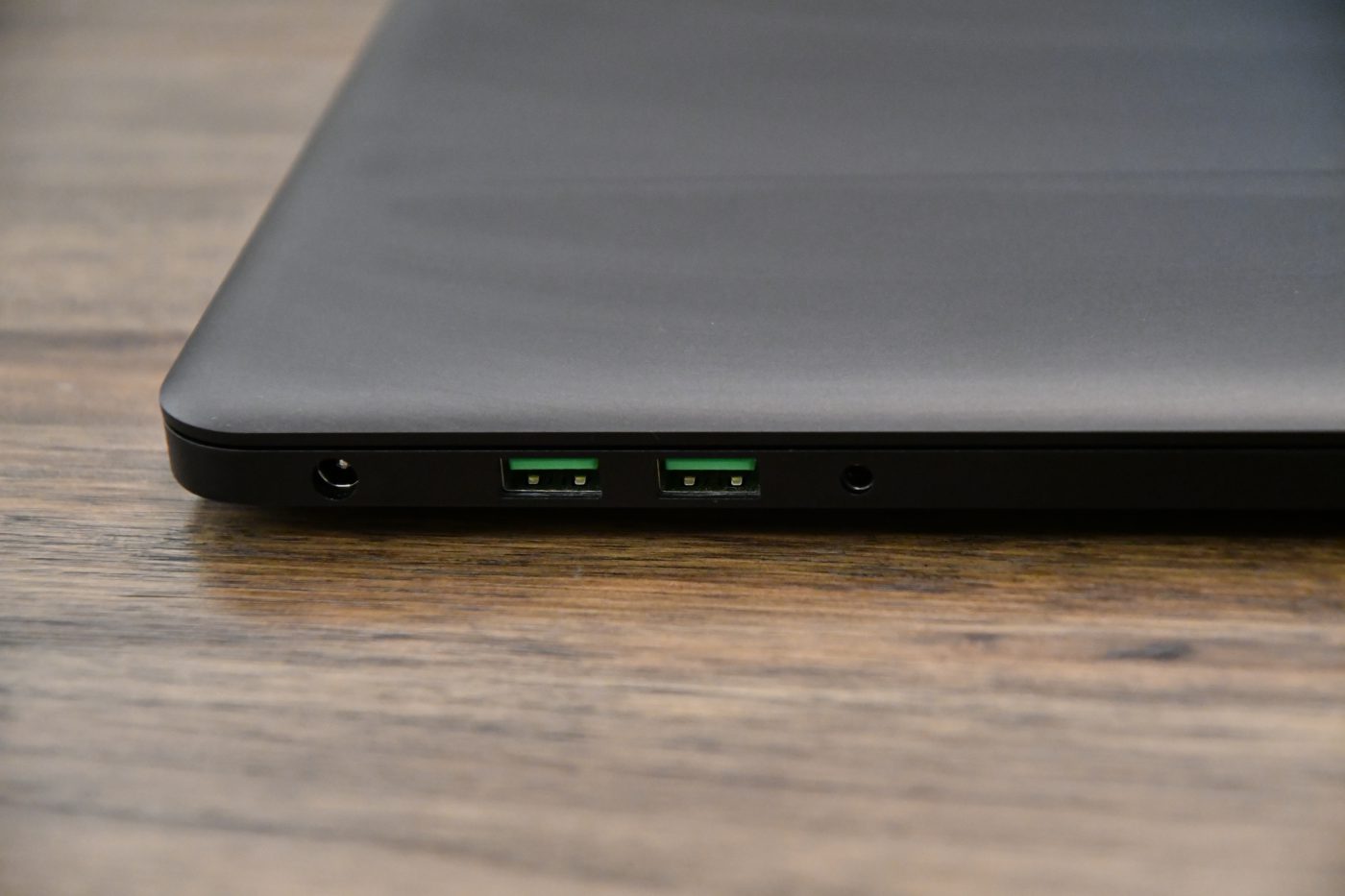
The greatest of the Blade 14’s pitfalls is probably something you’ve been thinking about: heat and airflow.
The greatest of the Blade 14’s pitfalls is probably something you’ve been wondering about: heat and airflow. Think about it: The whole system is black and contains some of the most powerful specs available on laptops today. The result is as expected: If running at full capacity, it will get hot.
To avoid the sweltering heat, keeping the Blade on a flat surface (i.e. not a bed) is a must. Under strain (e.g. playing Battlefield 1) you can hear the fans spinning.
What I find funny about the Blade’s cooling is when it’s working at its peak, you can feel the cool air at your fingertips. Actually, this is air being sucked down for cooling and there’s nothing wrong with it; just a characteristic worth noting.
Otherwise, there aren’t too many other deal-breakers here. The dual speakers are capable of filling a small room with loud, clear audio and a hint of bass, but aren’t enough for “immersive” PC gaming. In that case, external speakers or headphones would be your friend here — but that’s the case for most laptops.
Bottom line
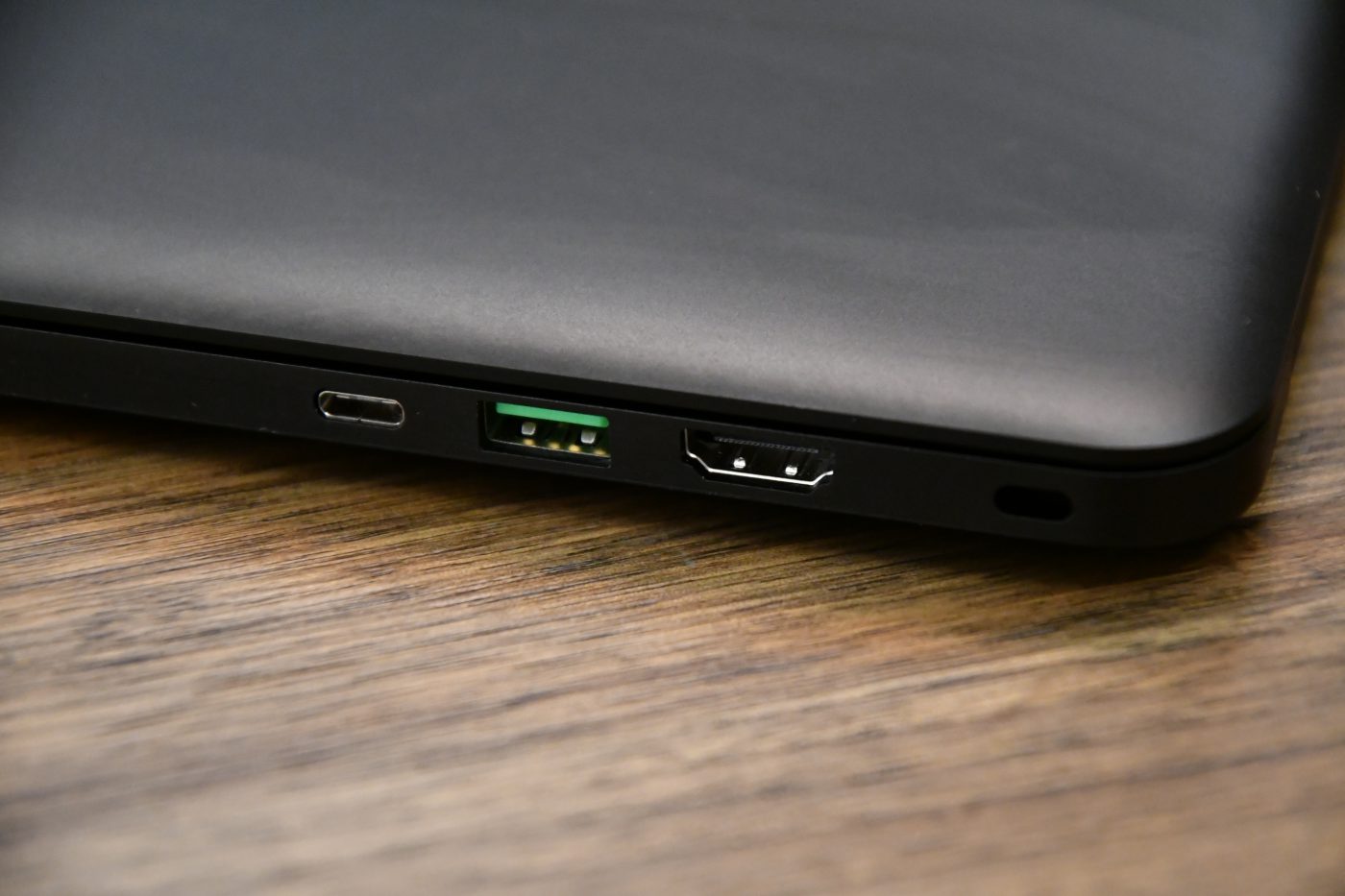 I would say testament to the Blade 14 being one of the best high-powered Windows laptops out there is that Microsoft has started selling it directly from its stores. Not every Windows machine makes the cut, but the Blade certainly does.
I would say testament to the Blade 14 being one of the best high-powered Windows laptops out there is that Microsoft has started selling it directly from its stores. Not every Windows machine makes the cut, but the Blade certainly does.
Here are the scenarios where it makes sense to drop close to $2,000 (or more) on one: a) if you’re a gamer who wants your PC to always be with you; b) if you need high processing power in general in a slim frame; or c) if the idea of a single laptop powering your whole setup sounds exciting, Core graphics dock and all.
Battery life isn’t really a deal-breaker here, so I’m willing to commend the Blade for it. Plus, the GTX 1060 is really the base requirement for VR usage, so take that as you may.
Just remember: You can also build your own desktop with better specs for the same price, and get Razer peripherals to go with it. Your choice, player one.
